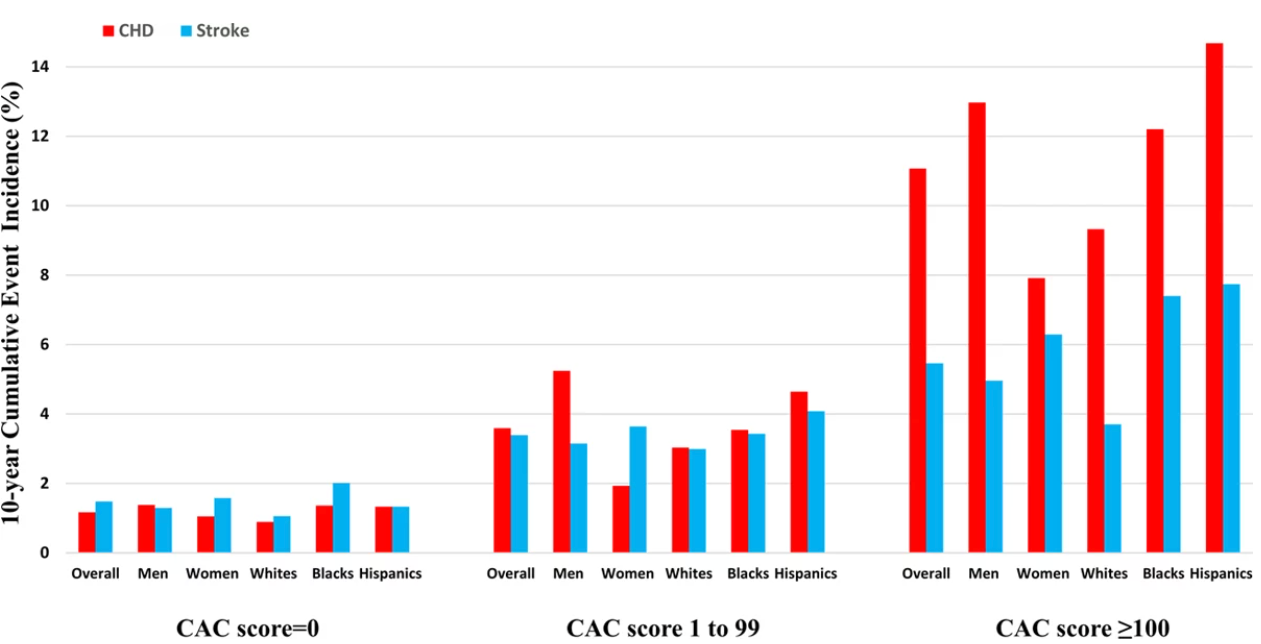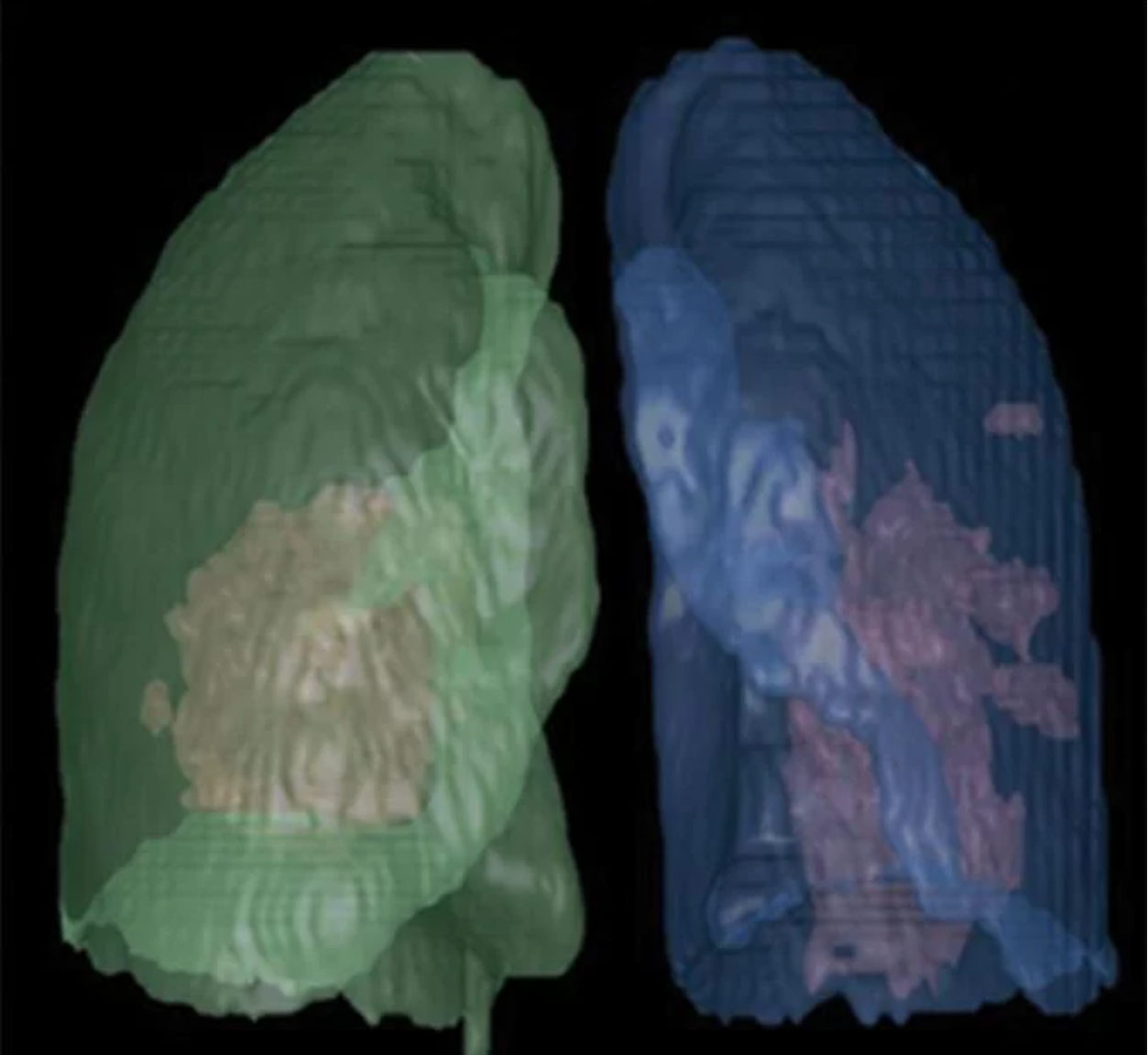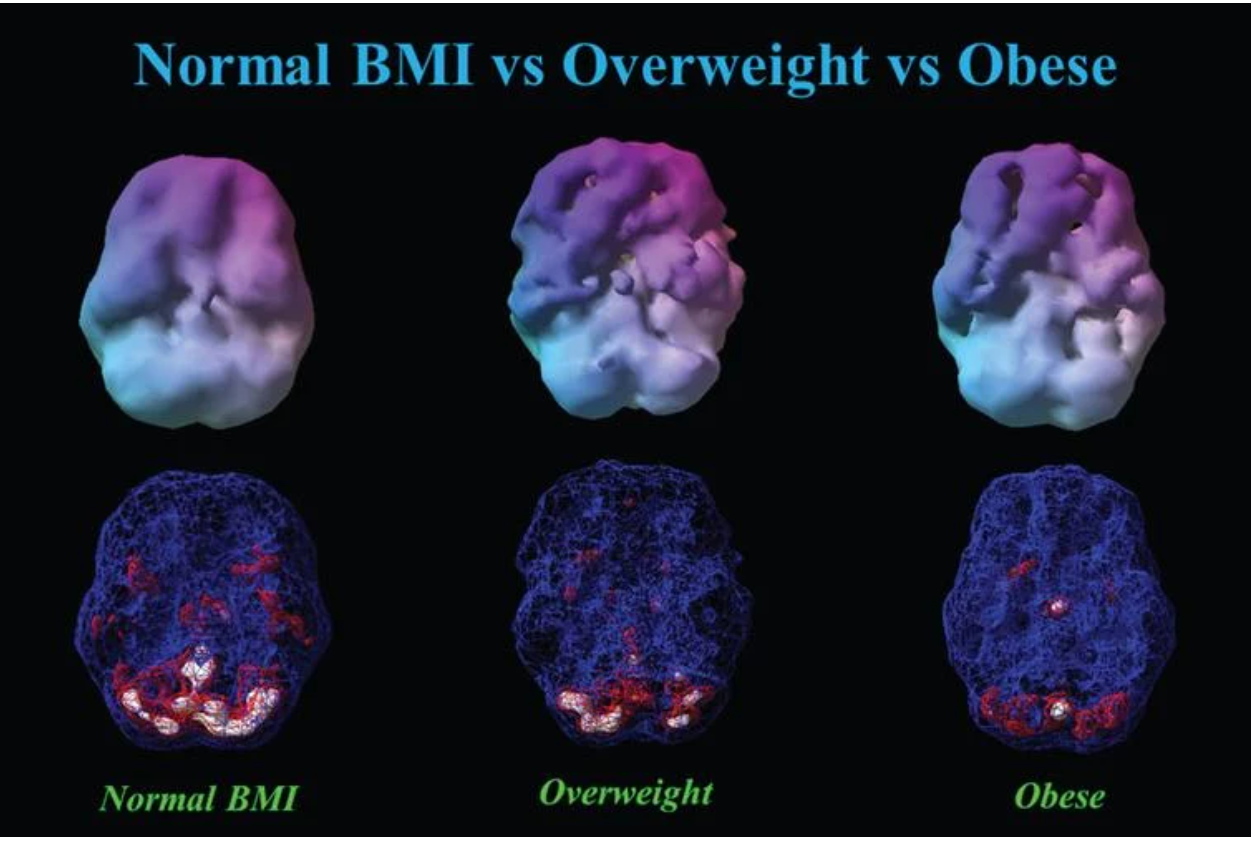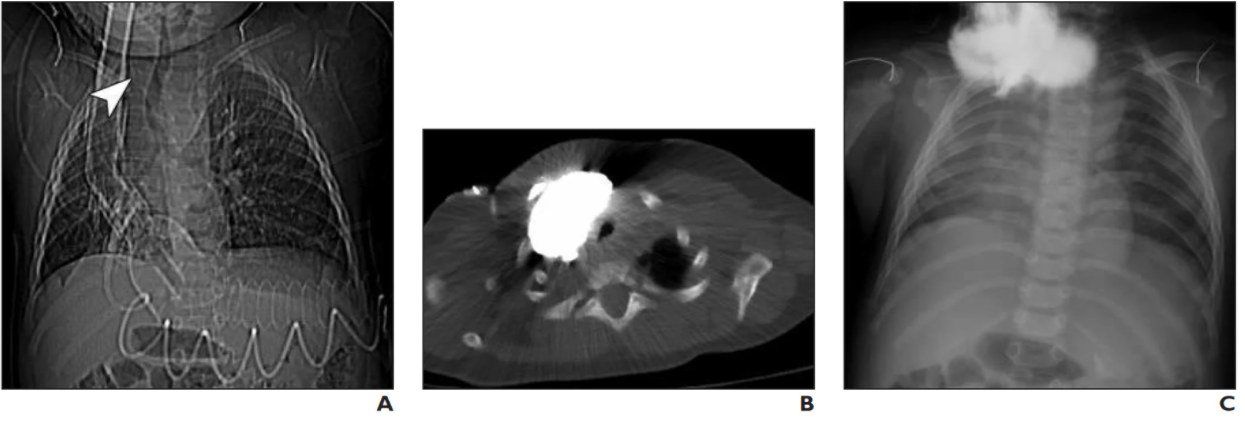CT’s Top 5 for 2020
Thanks to COVID-19, CT was largely in the spotlight this year, but these Top 5 stories show advancements for the modality in other areas, as well.
CT has been at the center of discussions in radiology this year as the primary imaging modality used with patients suspected of COVID-19 infection. But, a great deal more happened during the past 12 months with this scanning method. Research revealed to the industry that CT can play a role in predicting heart attacks, as well as Alzheimer’s. There were also several efforts this year designed to further drive down radiation dose exposure when patients undergo these scans.
In particular, the Diagnostic Imaging audience gravitated the five CT articles the most this year. Take a look at the synopses below for a quick reminder.
1. CT Scans for Arterial Plaque Better Predictor for Heart Attack Than Stroke
Date Published: Aug. 18, 2020
Coronary artery calcium (CAC) scores, gleaned from a cardiac CT scan, can better tell a provider if a patient will have a heart attack rather than a stroke in the next 10 years. In fact, with a CAC score at or over 100, patients – black, white, and Hispanic men and women – have a two-fold greater risk of a heart attack, said University of Texas Southwestern Medical Center researchers in Circulation: Cardiovascular Imaging. When risk factors, such as smoking or high blood pressure, are not clear cut, providers can use a CAC score to decide on a statin prescription.
Ten-year cumulative incidence of atherosclerotic cardiovascular disease (ASCVD), coronary heart disease (CHD), and stroke events across coronary artery calcium (CAC) score categories. The 10-year cumulative incidence of ASCVD, CHD, and stroke events increased across CAC score categories in the overall cohort and all sex/race groups. The increase in CHD incidence across CAC categories was relatively higher compared

Take-Away Message: Providers can use CAC scores to determine how aggressively to treat patients who have never had a major cardiac event but who have additional risk factors, such as high blood pressure or high cholesterol.
2. New CT Method Could Lower Radiation Exposure
Date Published: July 23, 2020
Splitting a full X-ray beam into beamlets can reduce the radiation dose without affecting image quality. University College of London researchers shared their work in Physical Review Applied after testing the technique in a micro CT scanner. An X-ray broken into beamlets and moved in a cylindrical motion is comparable to a conventional CT, they said. Using the technique at the same dose as a CT scan can actually increase image clarity.
Take-Away Message: Researchers intend to move this technique into medical imaging to reduce patient exposure.
3. CT Reveals Differences Between COVID-19 and Influenza Pneumonias
Date Published: July 10, 2020
COVID-19 pneumonia presents differently from pneumonia caused by the influenza virus. According to research published in the American Journal of Roentgenology, investigators from China determined that COVID-19 lesions are more apt to appear in the peripheral zone close to the pleura. But, lesions from influenza virus pneumonia are more likely to show mucoid impaction and pleural effusion. Other features of the lesions are largely similar across between COVID-19 and influenza virus pneumonia.
Artificial intelligence (AI)-assisted software was used to identify inflammatory tissues in lung and automatically segment inflammatory lesions. Three-dimensional image shows regions of COVID-19 pneumonia in lung through AI postprocessing. 57-year-old woman with coronavirus disease (COVID-19) pneumonia and fever for 6 days. Courtesy: American Journal of Roentgenology

Take-Away Message: CT images are not sufficient alone for distinguishing between pneumonia caused by both viruses. The images must be paired with clinical indications
4. SPECT Scan Reveal Link Between Obesity, Brain Blood Flow, and Alzheimer’s
Date Published: Aug. 7, 2020
The more a patient weighs, the more likely he or she is to have higher levels of brain dysfunction, according to CT scans. Individuals who are overweight or obese have greater risks for Alzheimer’s and other forms of cognitive decline. Based on work conducted by Amen Clinics published in the Journal of Alzheimer’s Disease, blood flow to the brain – the No. 1 brain imaging predictor of Alzheimer’s -- progressively decreased as weight increased. The results bolster the growing perception that Alzheimer’s is a lifestyle disease.
This figure showed 3-D renderings of resident perfusion averaged across normal BMI (BMI = 23), overweight (BMI = 29), and obese (BMI = 37) men, each 40 years of age. Courtesy: Journal of Alzheimer's disease

Take-Away Message: With 72 percent of Americans being categorized as overweight or obese, this finding could have far-reaching implications for encouraging weight loss and management.
5. 10 Tips You Should Know about Pediatric CTA
Date Published: July 29, 2020
Controlling radiation dose in pediatric patients has been a focus in radiology for many years. This year, a multi-institutional team compiled a Top 10 list in the American Journal of Roentgenology of tips to help providers keep dose to a minimum while capturing quality images. They advise radiologists to know their patient and their scanner, to pay attention to the timing of scans, to educate themselves about IV access and contrast agent risks, to pay attention to kilo-voltage settings and scan direction, as well as several other recommendations.
7-month-old boy with contrast extravasation after power injection of central venous catheter (CVC). Study was requested to assess for scimitar syndrome. A. Scout view of chest shows tip of CVC (arrowhead) projecting over central right internal jugular vein or peripheral right innominate vein, which is not central enough for power injection. B and C, Axial CT image (B) and subsequent chest radiograph (C) show extensive contrast extravasation into soft tissues of right neck, right supraclavicular region, and right upper chest. Courtesy: American Journal of Roentgenology

Take-Away Message: These CTA principles should be strictly followed in order to optimize the scan and protect patients as much as possible.
Meta-Analysis Shows Merits of AI with CTA Detection of Coronary Artery Stenosis and Calcified Plaque
April 16th 2025Artificial intelligence demonstrated higher AUC, sensitivity, and specificity than radiologists for detecting coronary artery stenosis > 50 percent on computed tomography angiography (CTA), according to a new 17-study meta-analysis.
The Reading Room: Racial and Ethnic Minorities, Cancer Screenings, and COVID-19
November 3rd 2020In this podcast episode, Dr. Shalom Kalnicki, from Montefiore and Albert Einstein College of Medicine, discusses the disparities minority patients face with cancer screenings and what can be done to increase access during the pandemic.
Could Lymph Node Distribution Patterns on CT Improve Staging for Colon Cancer?
April 11th 2025For patients with microsatellite instability-high colon cancer, distribution-based clinical lymph node staging (dCN) with computed tomography (CT) offered nearly double the accuracy rate of clinical lymph node staging in a recent study.